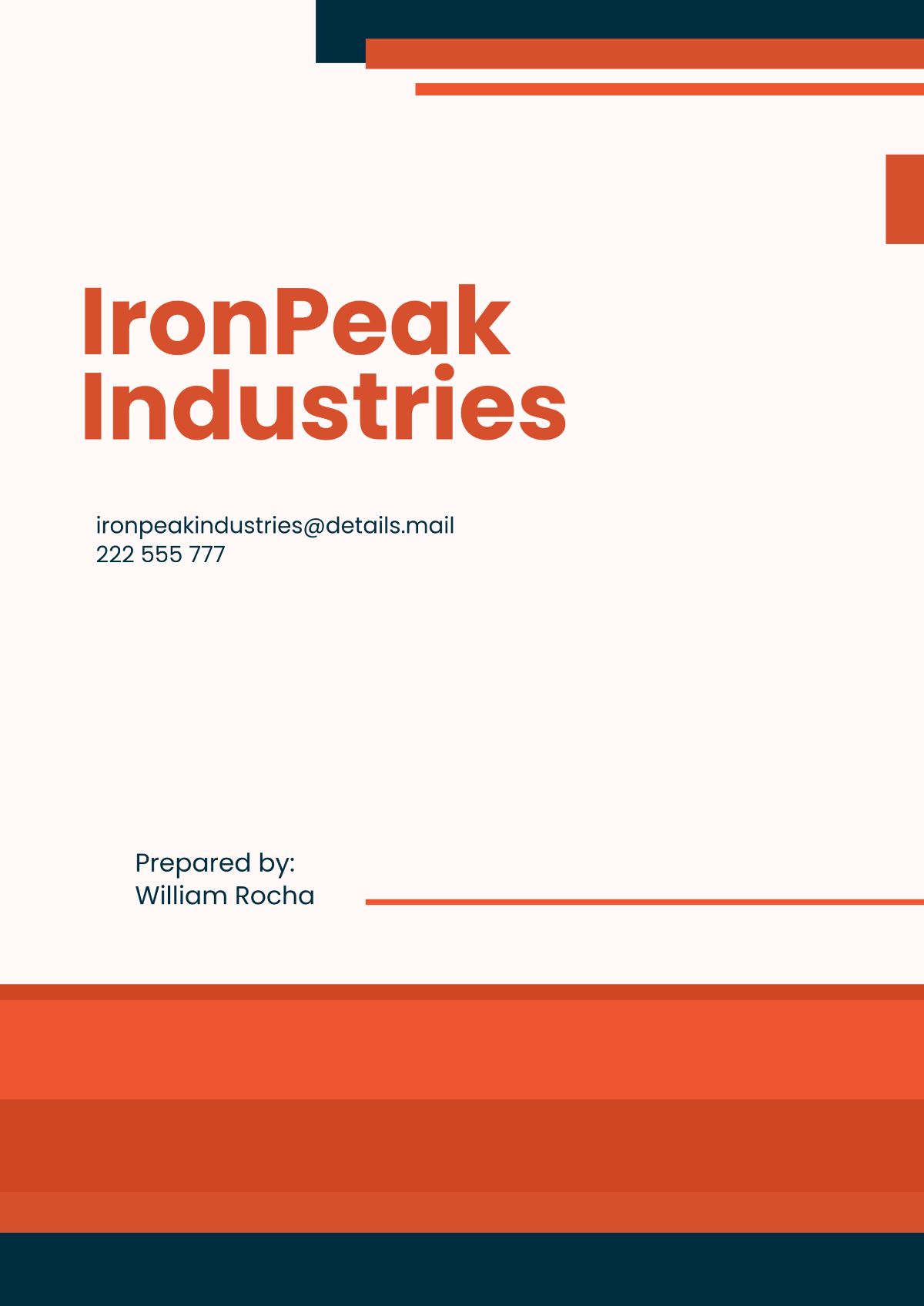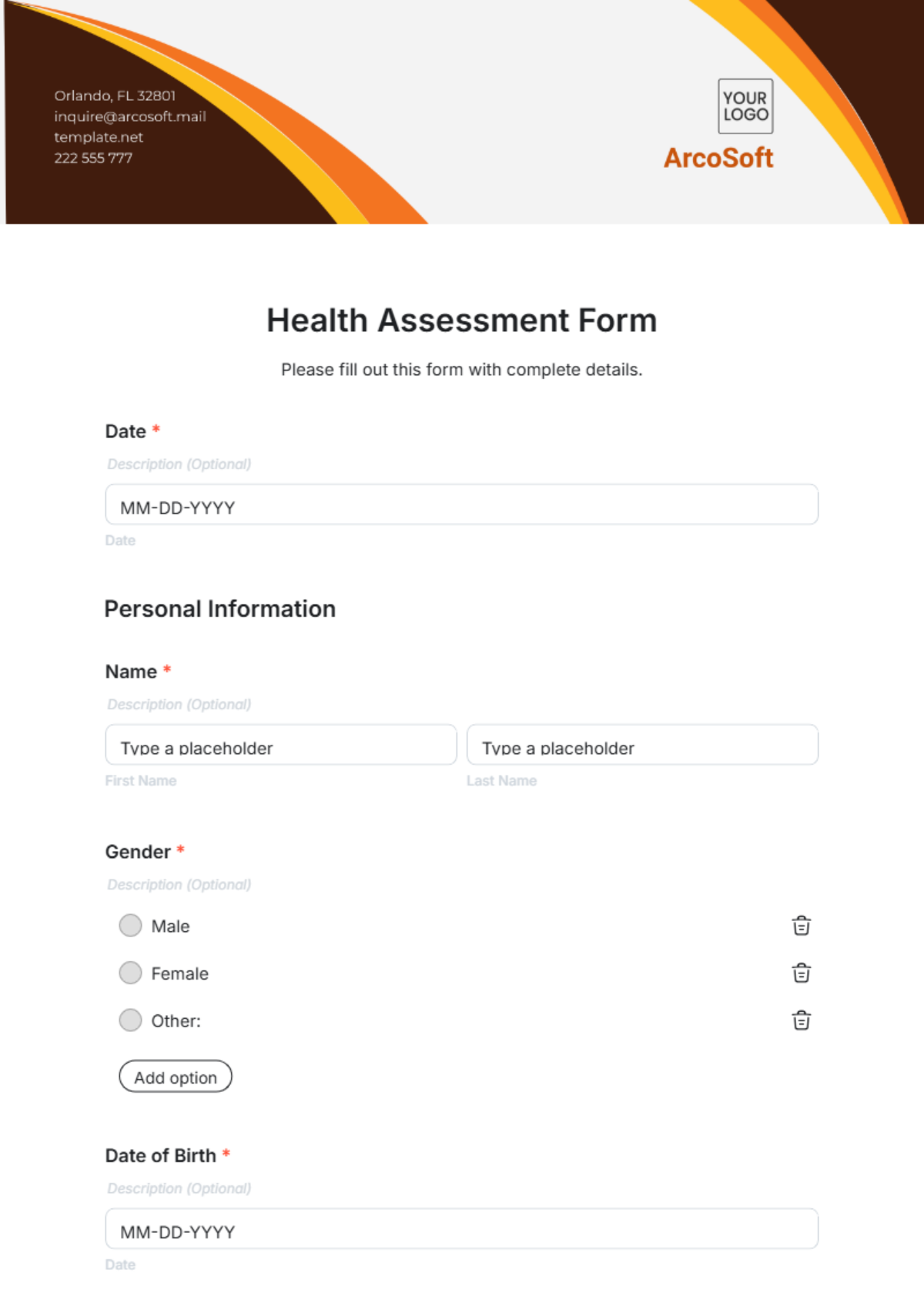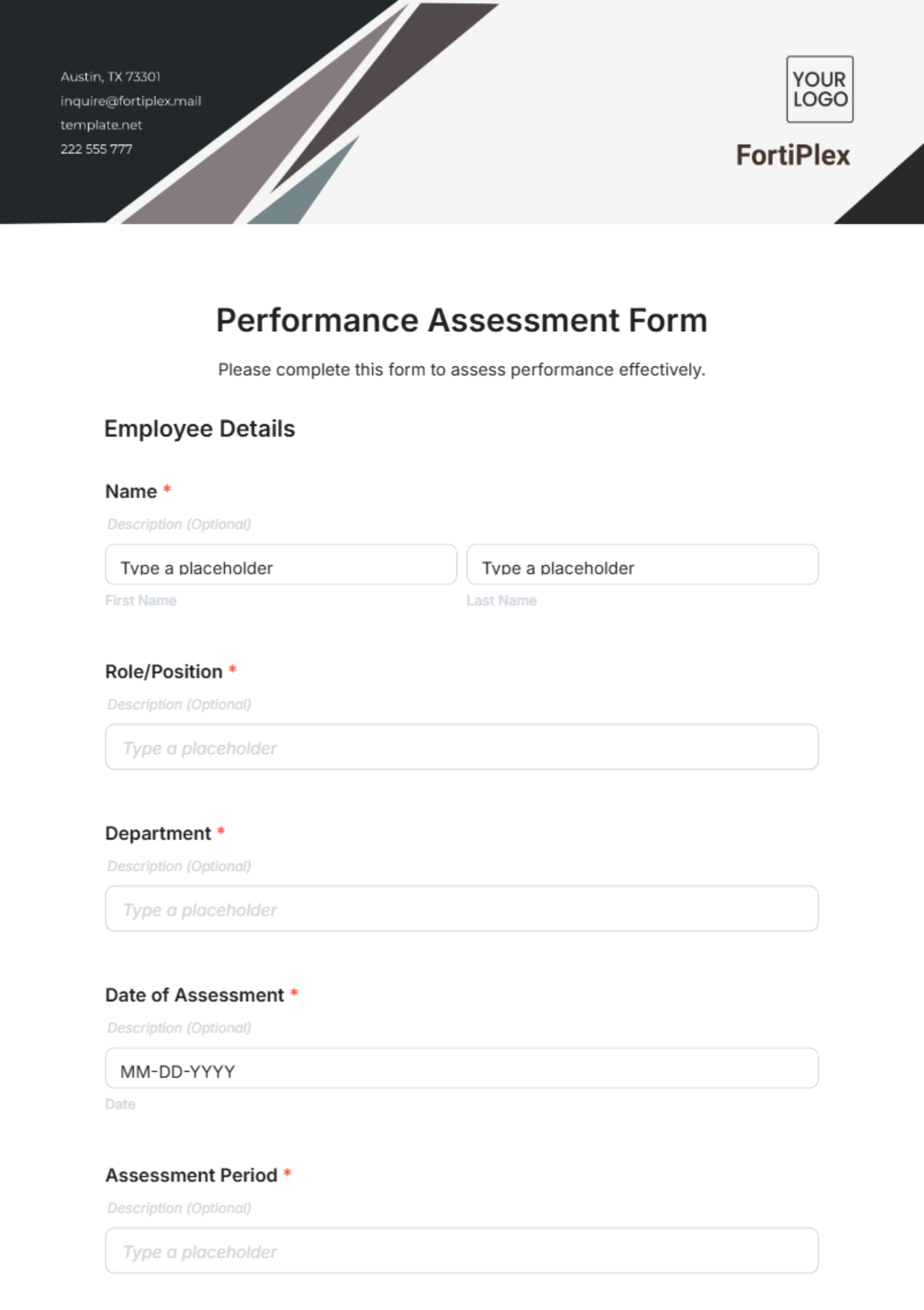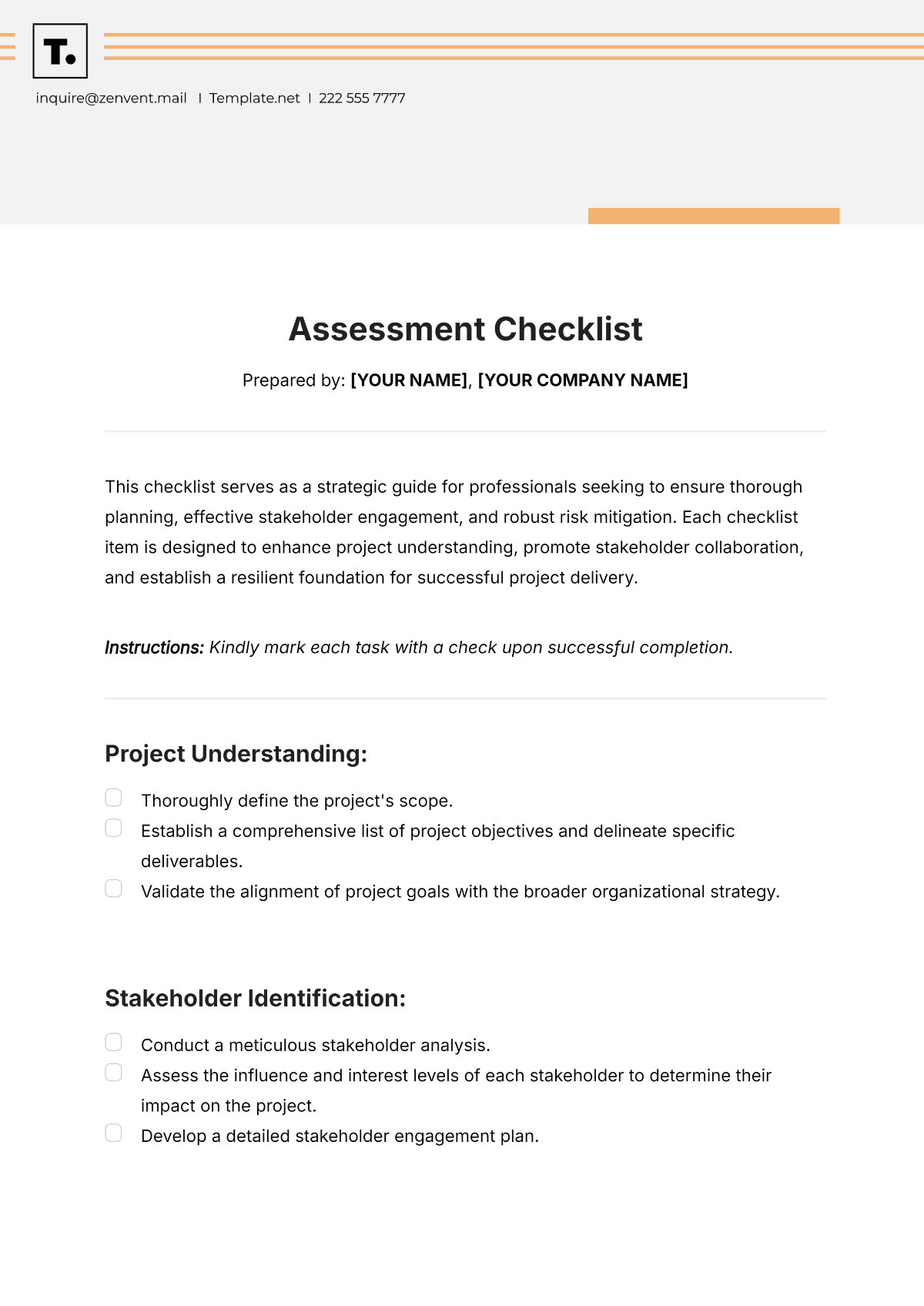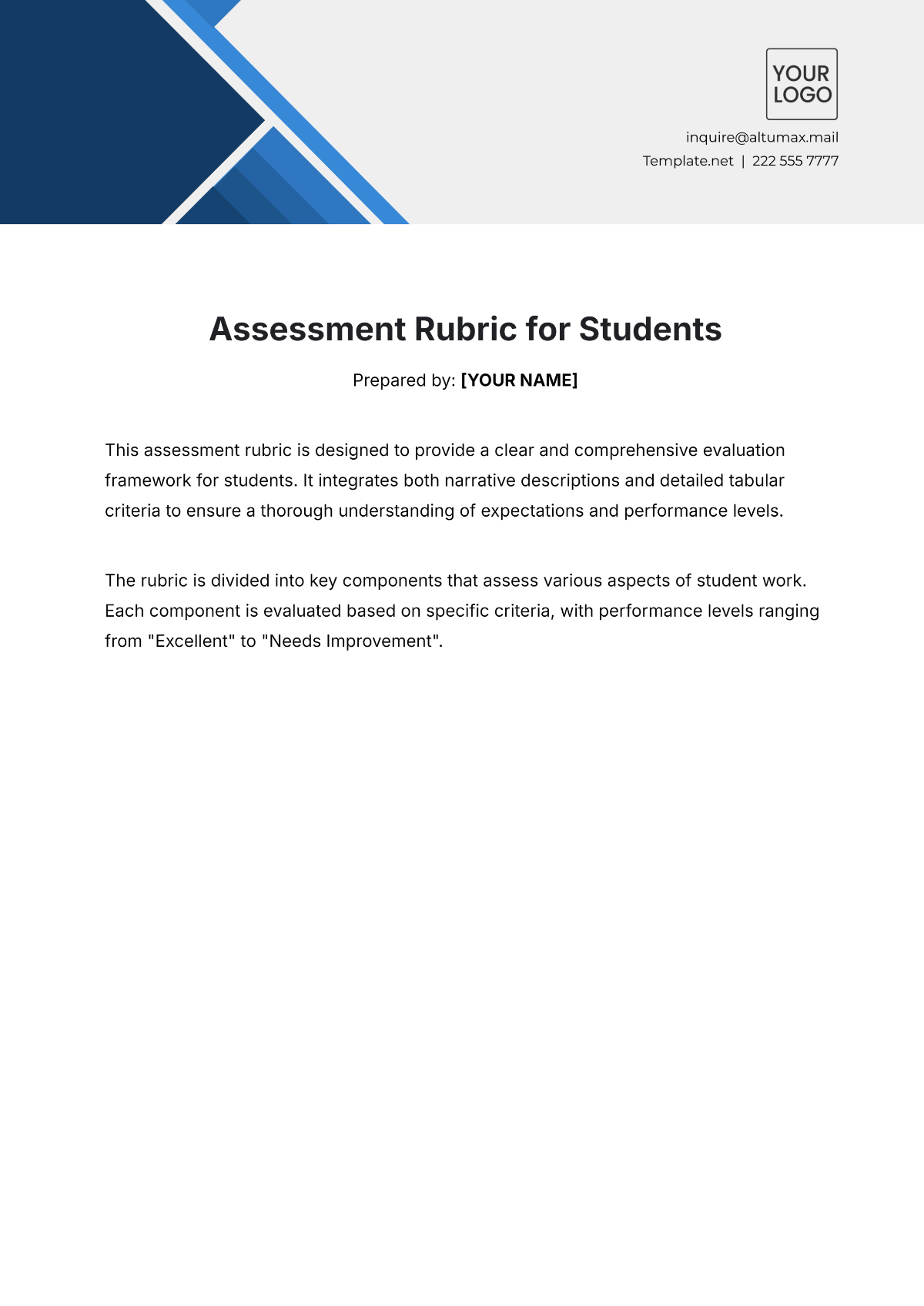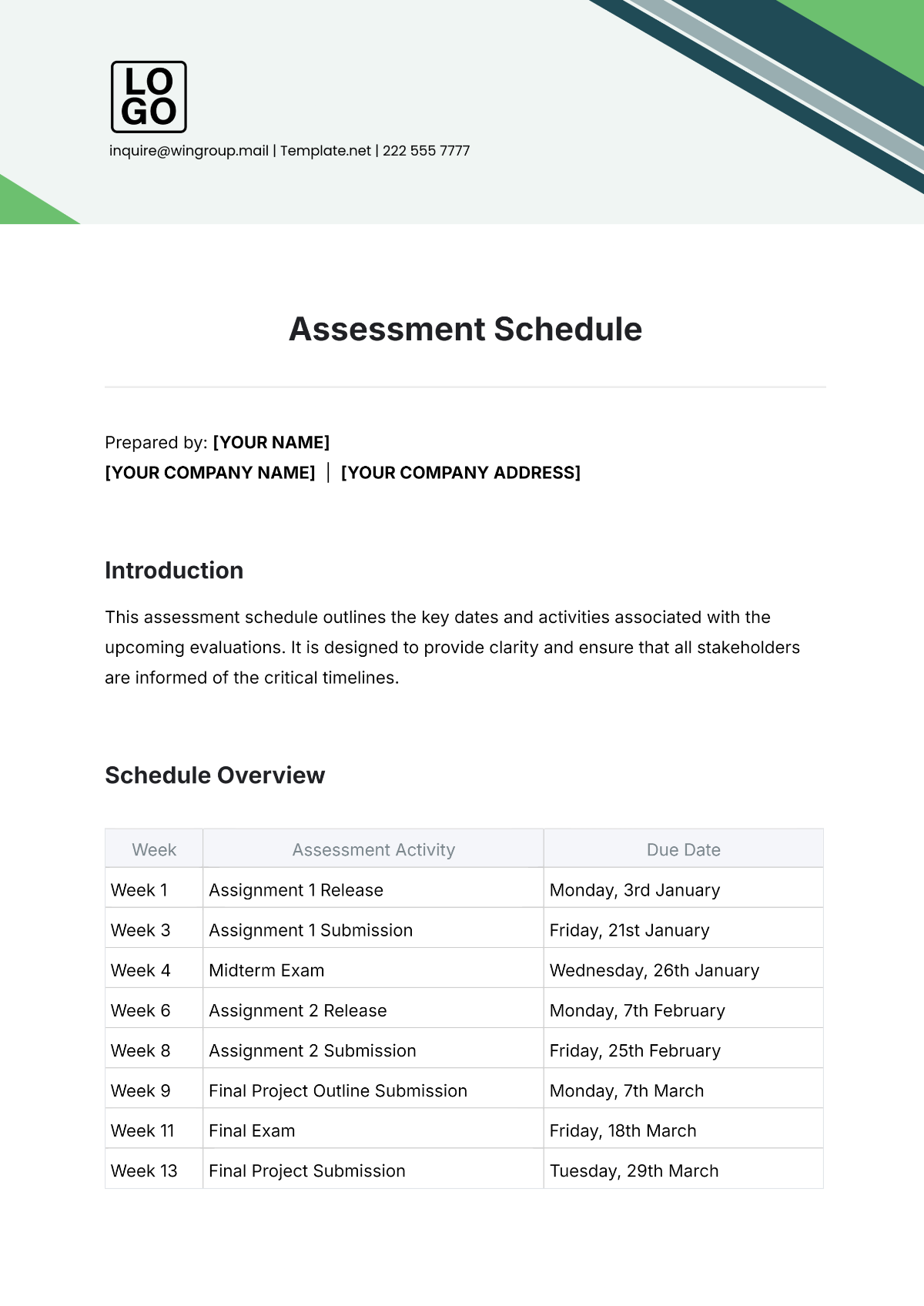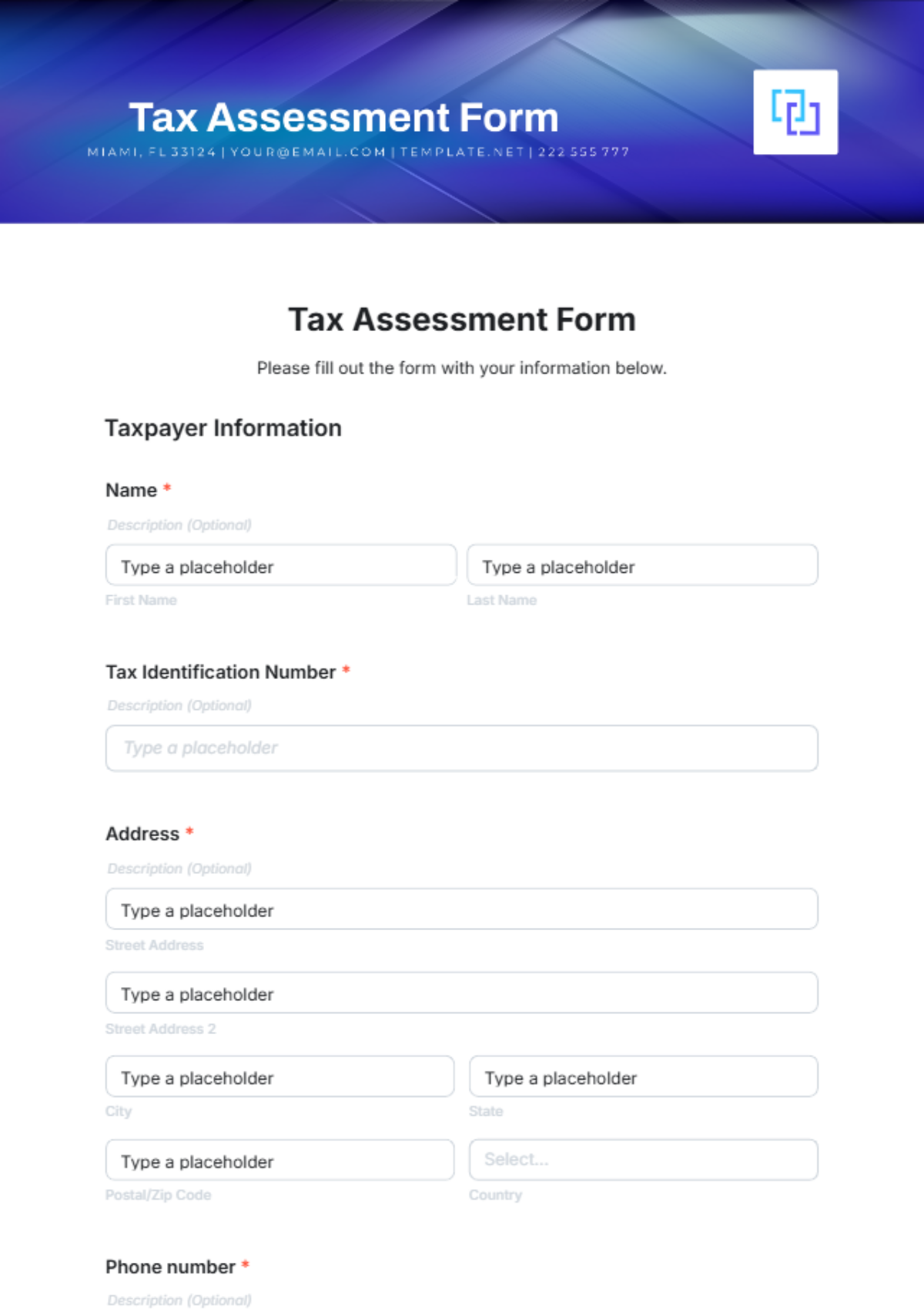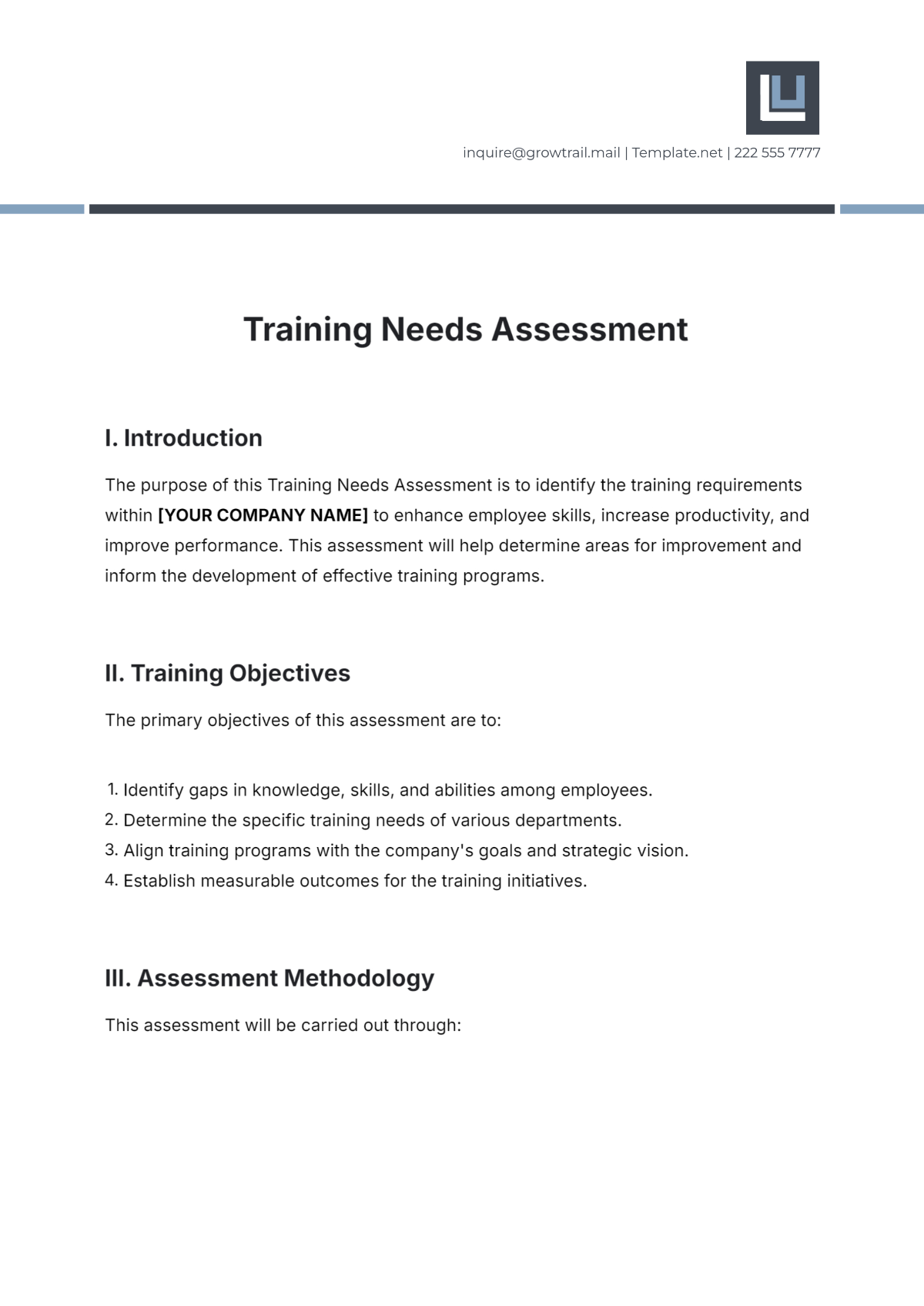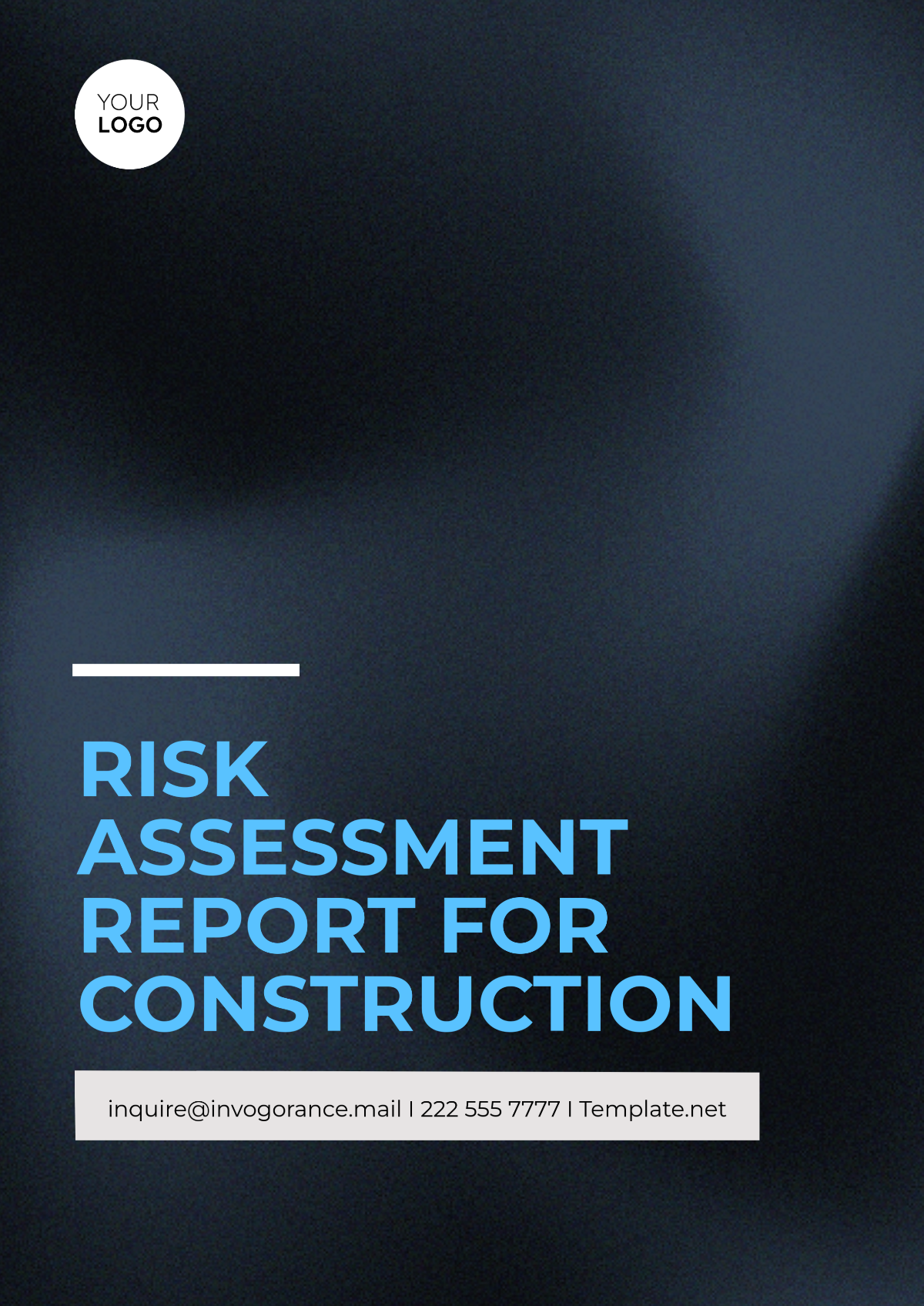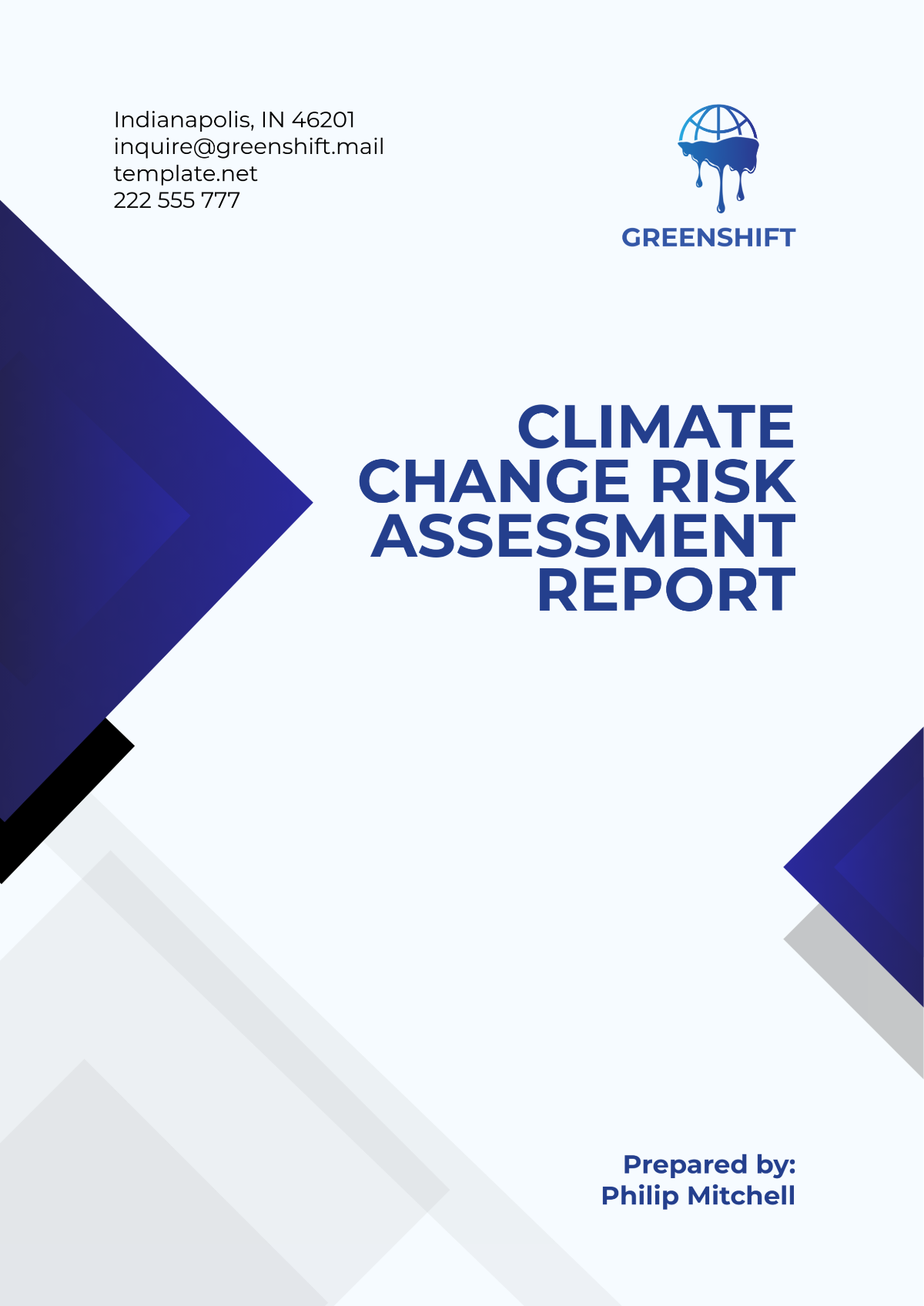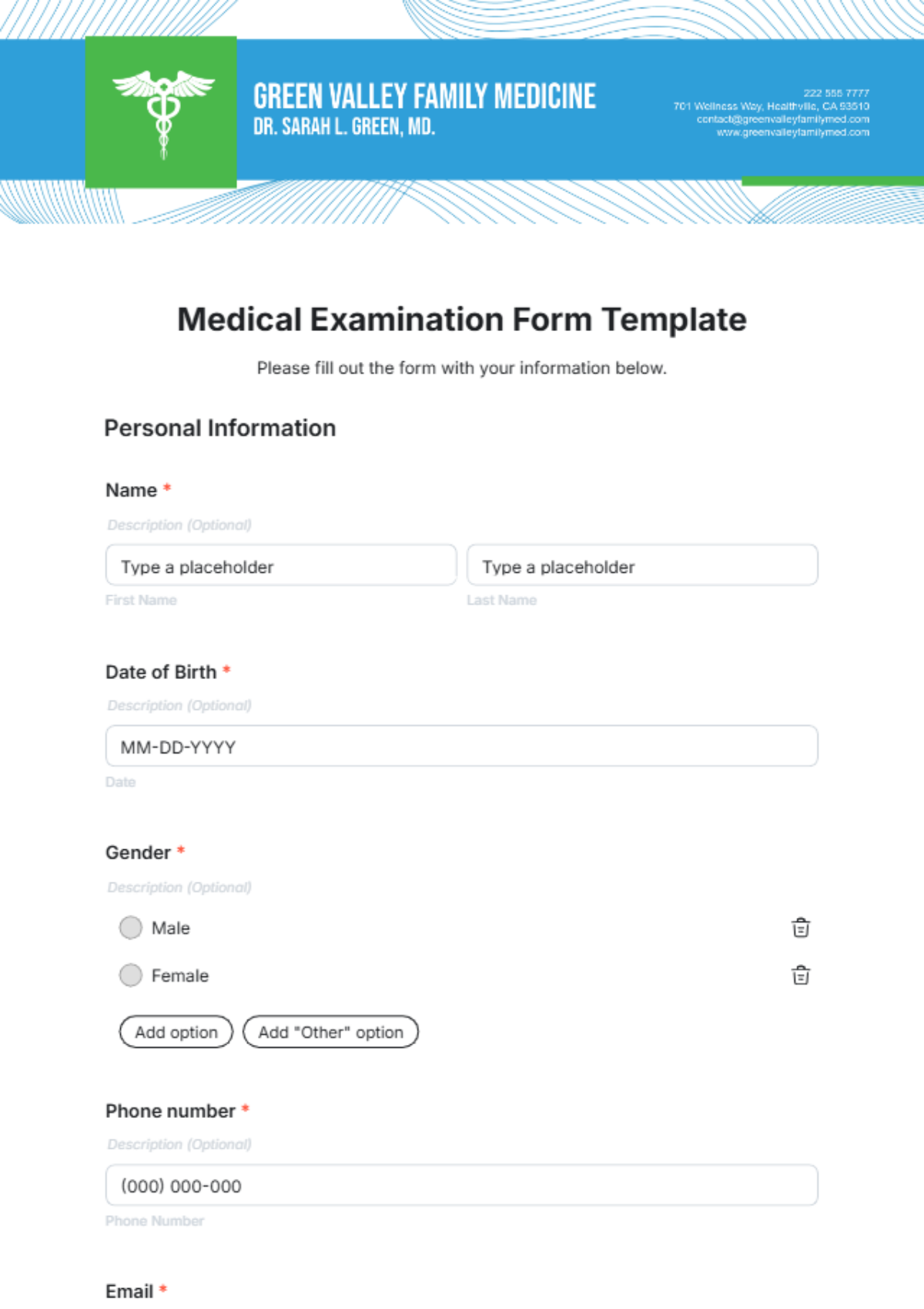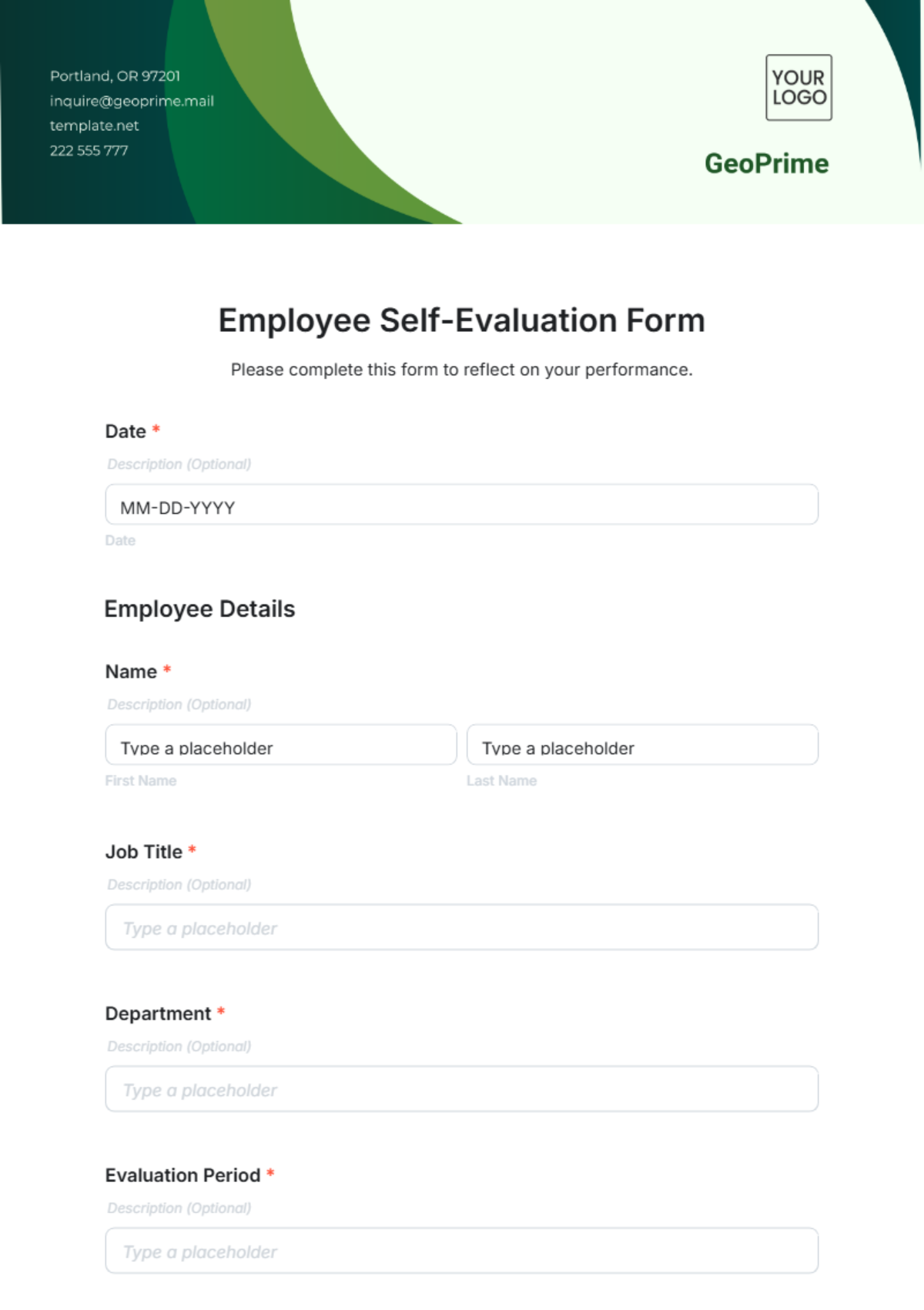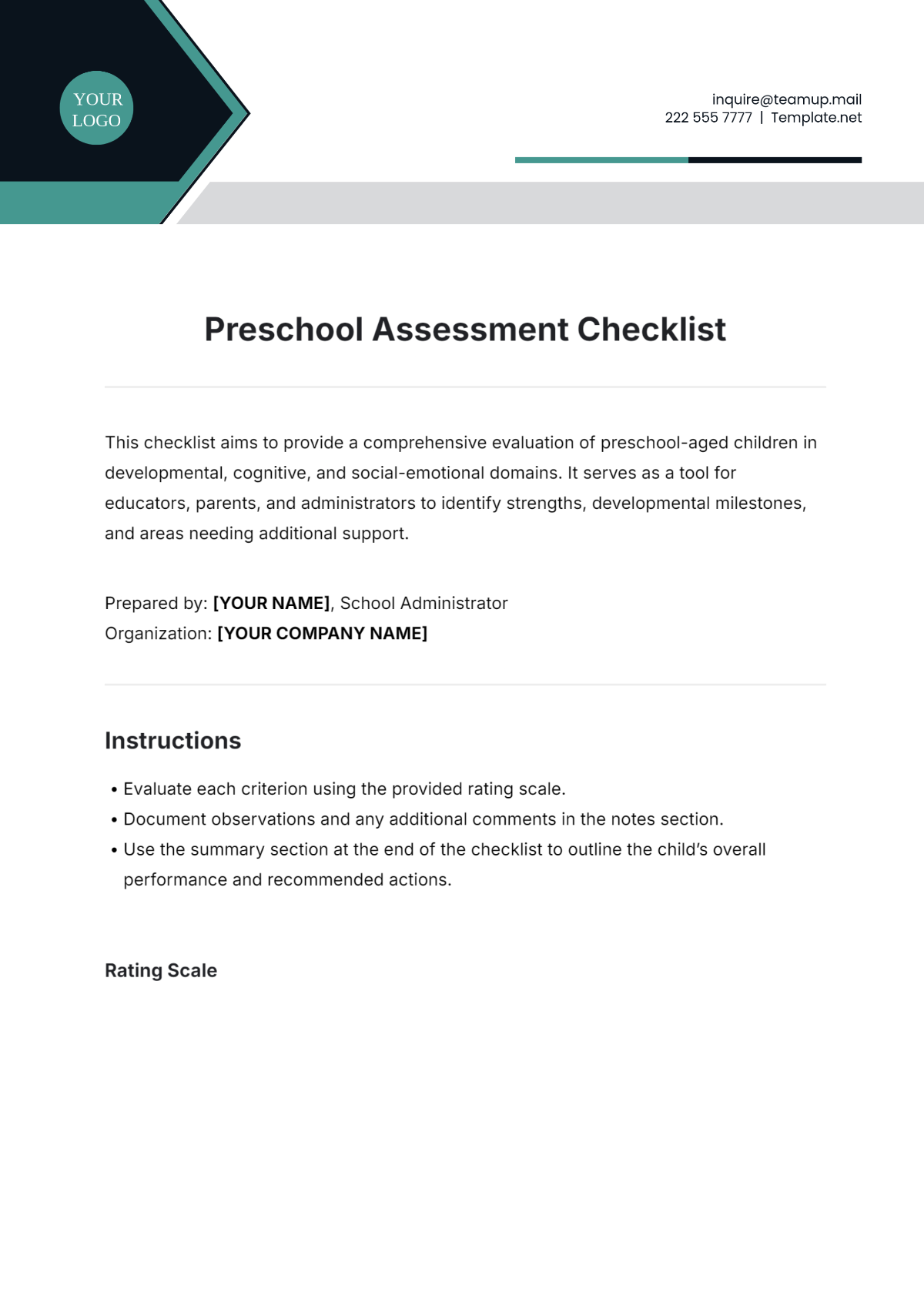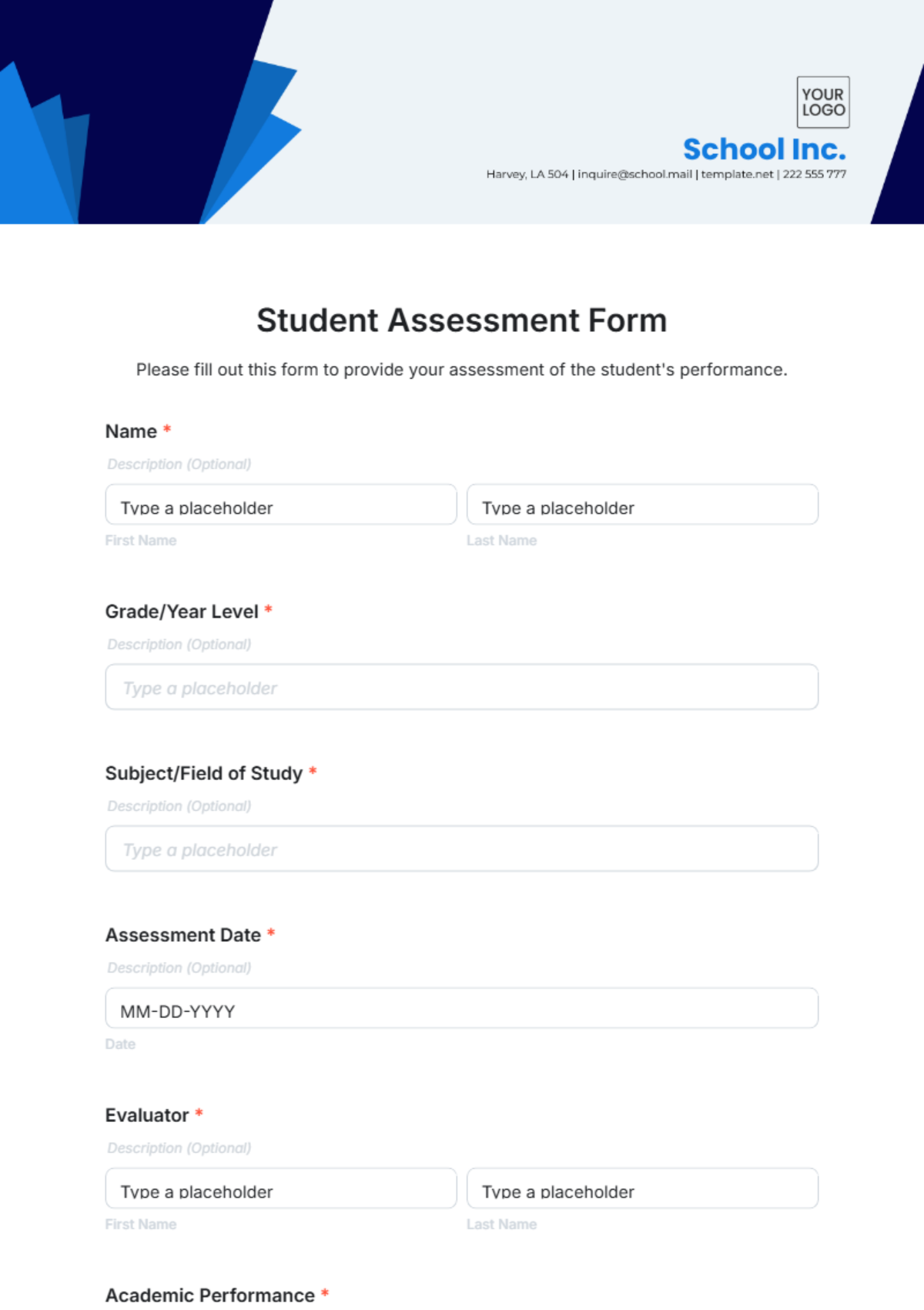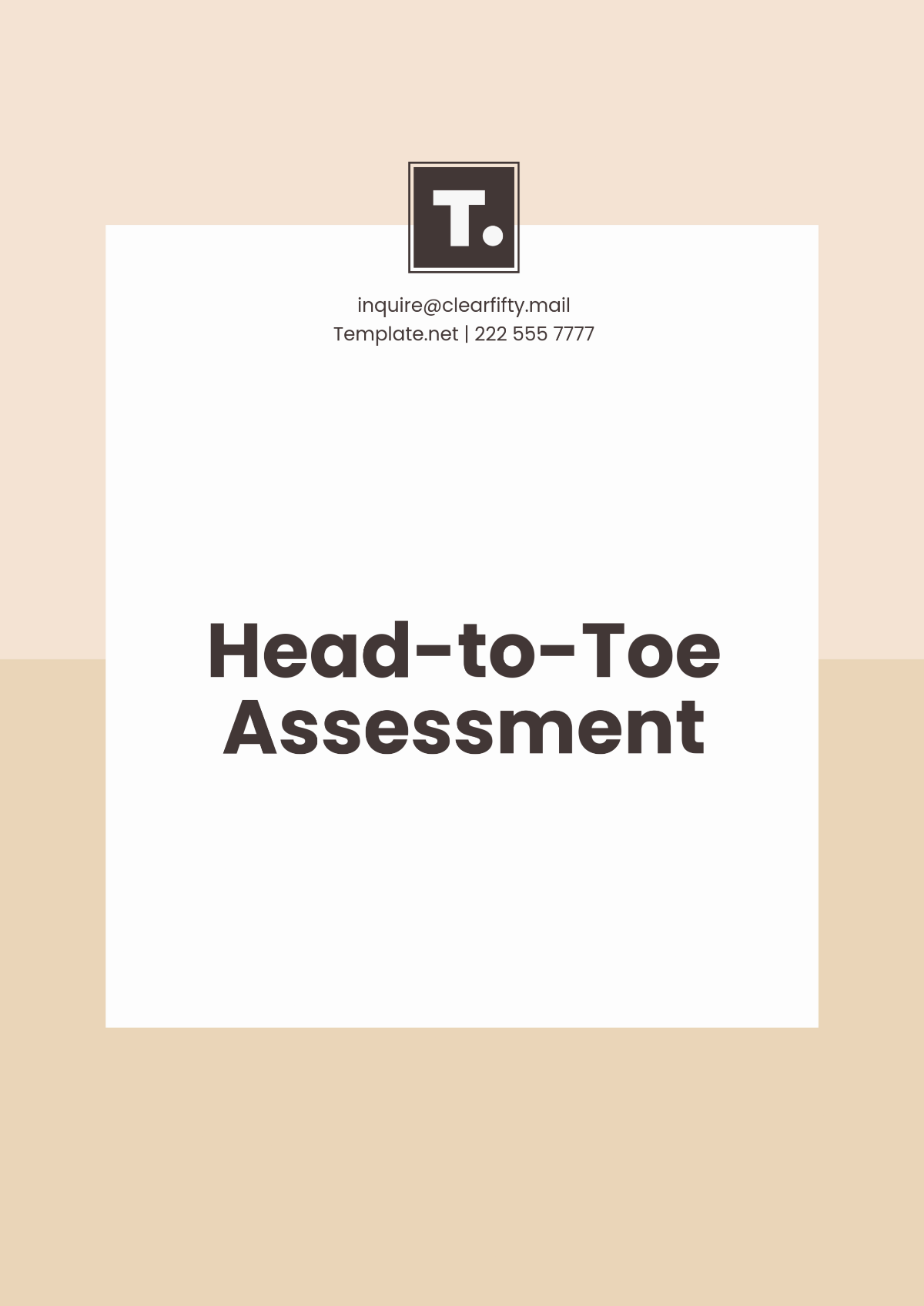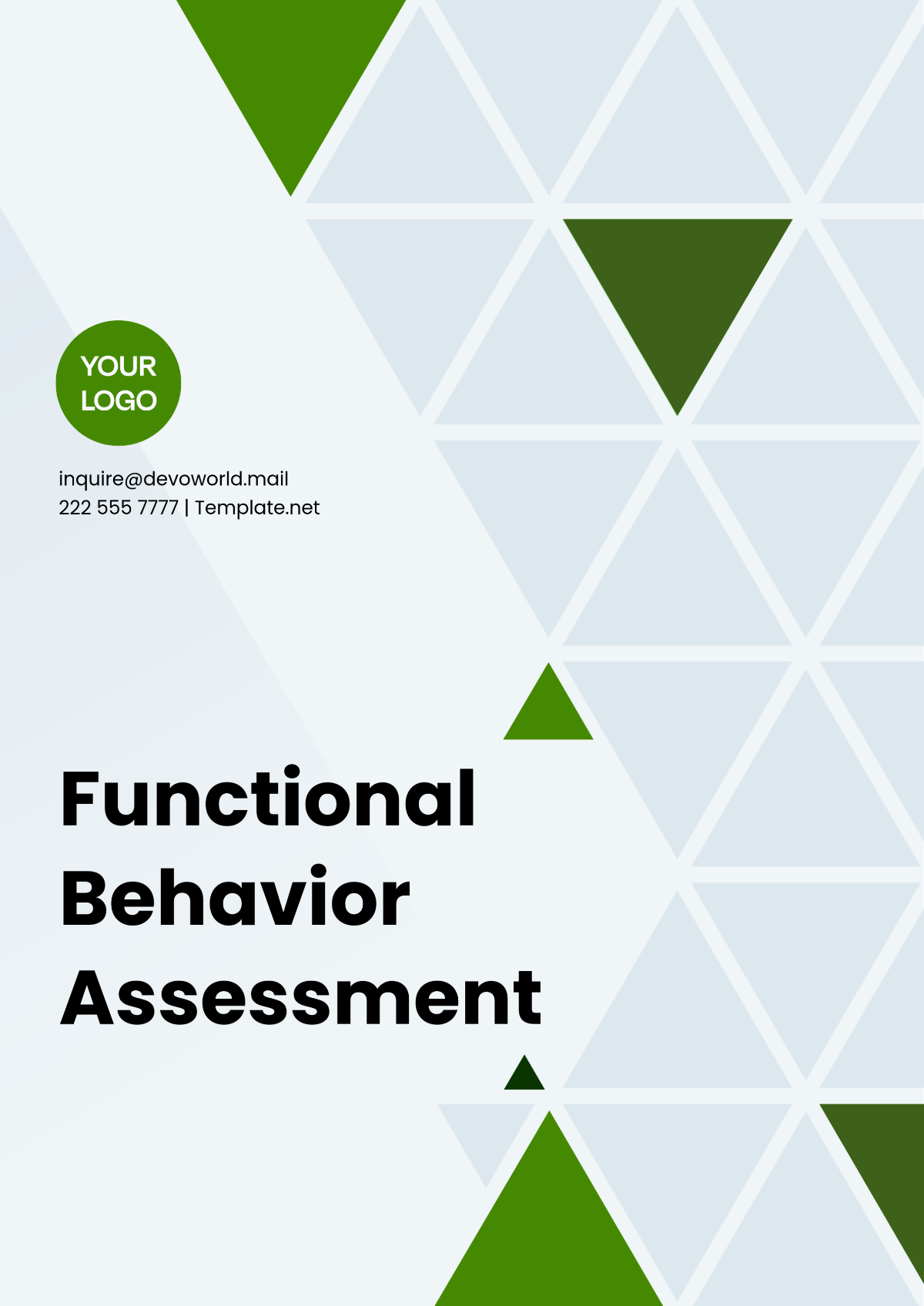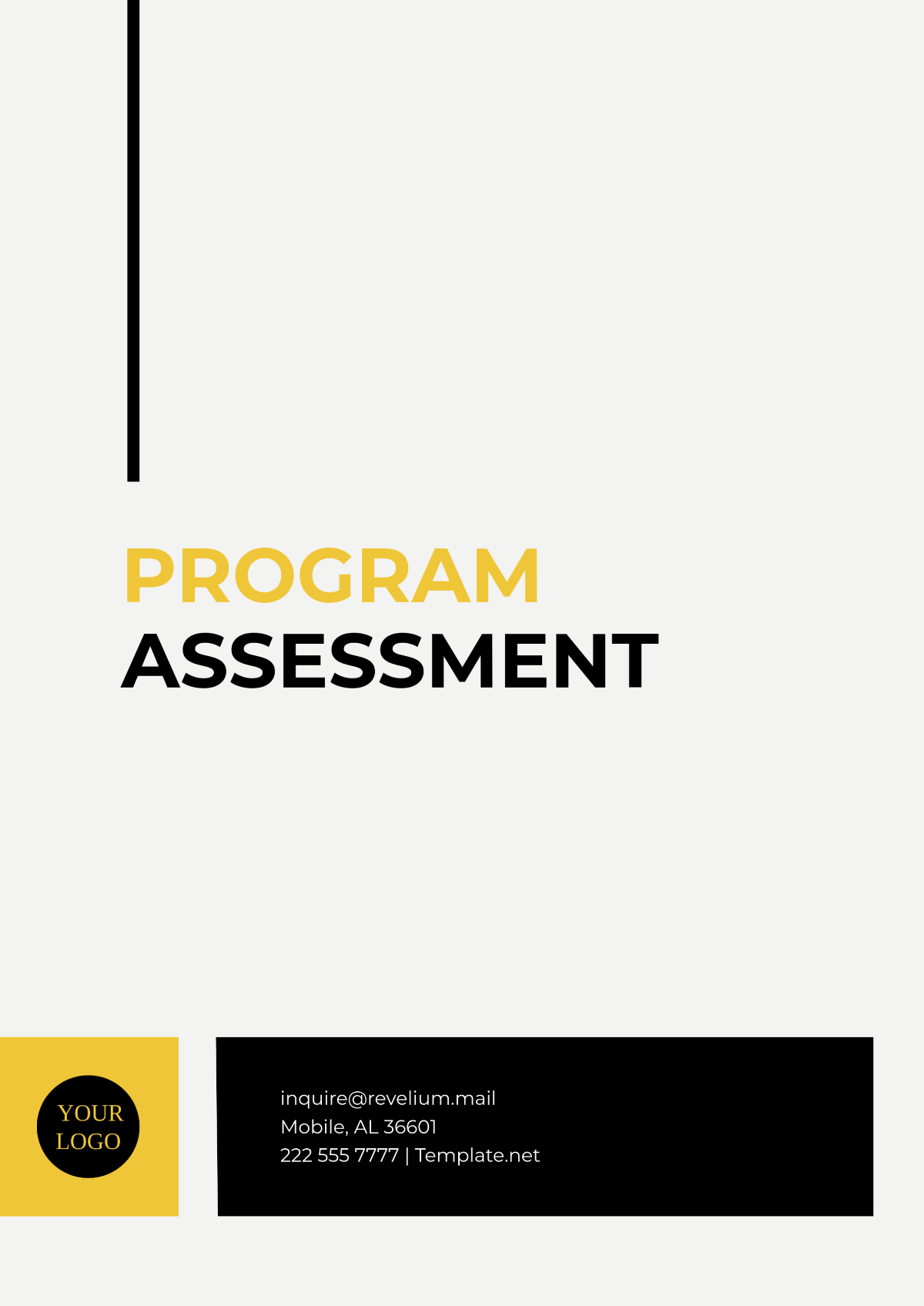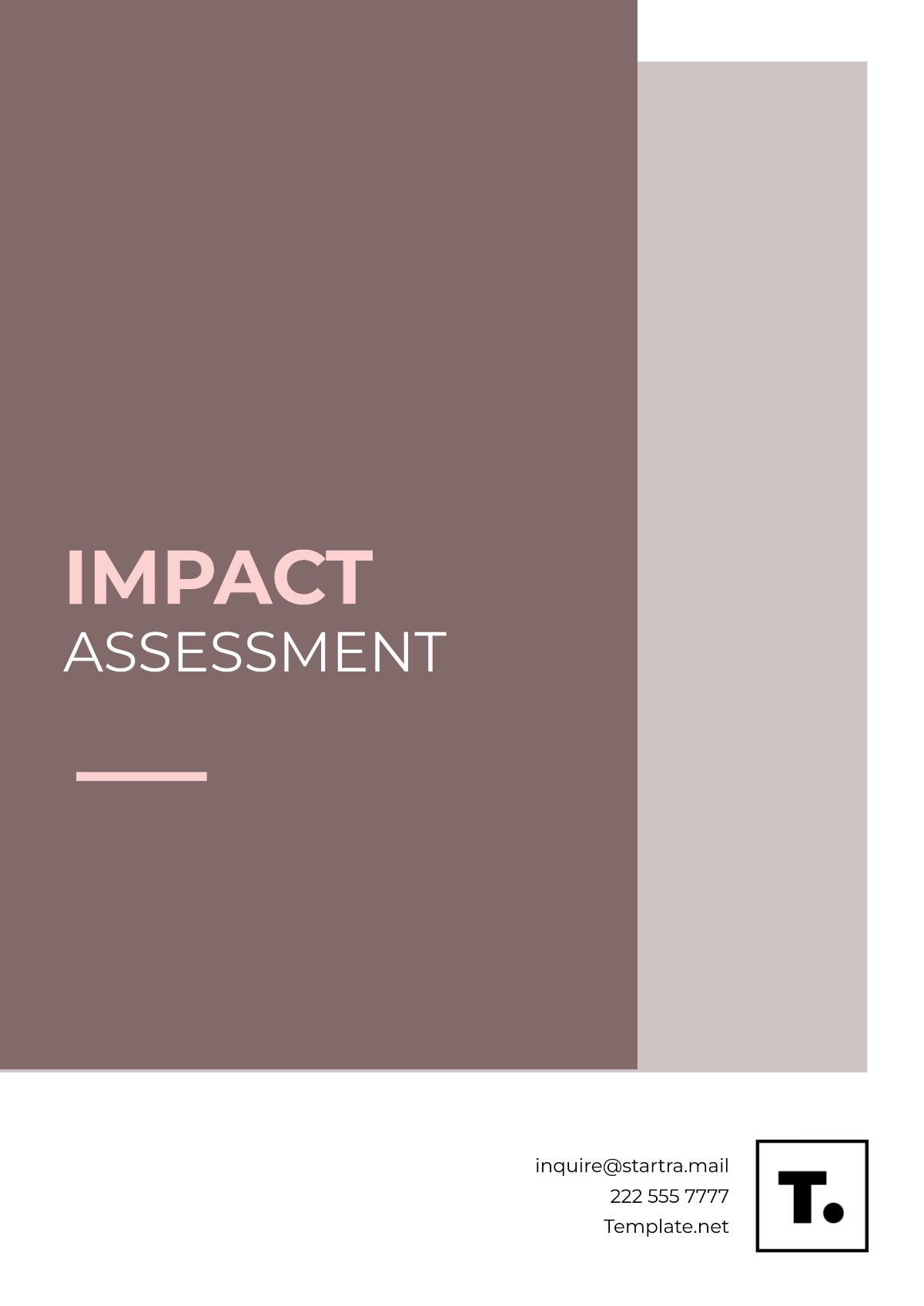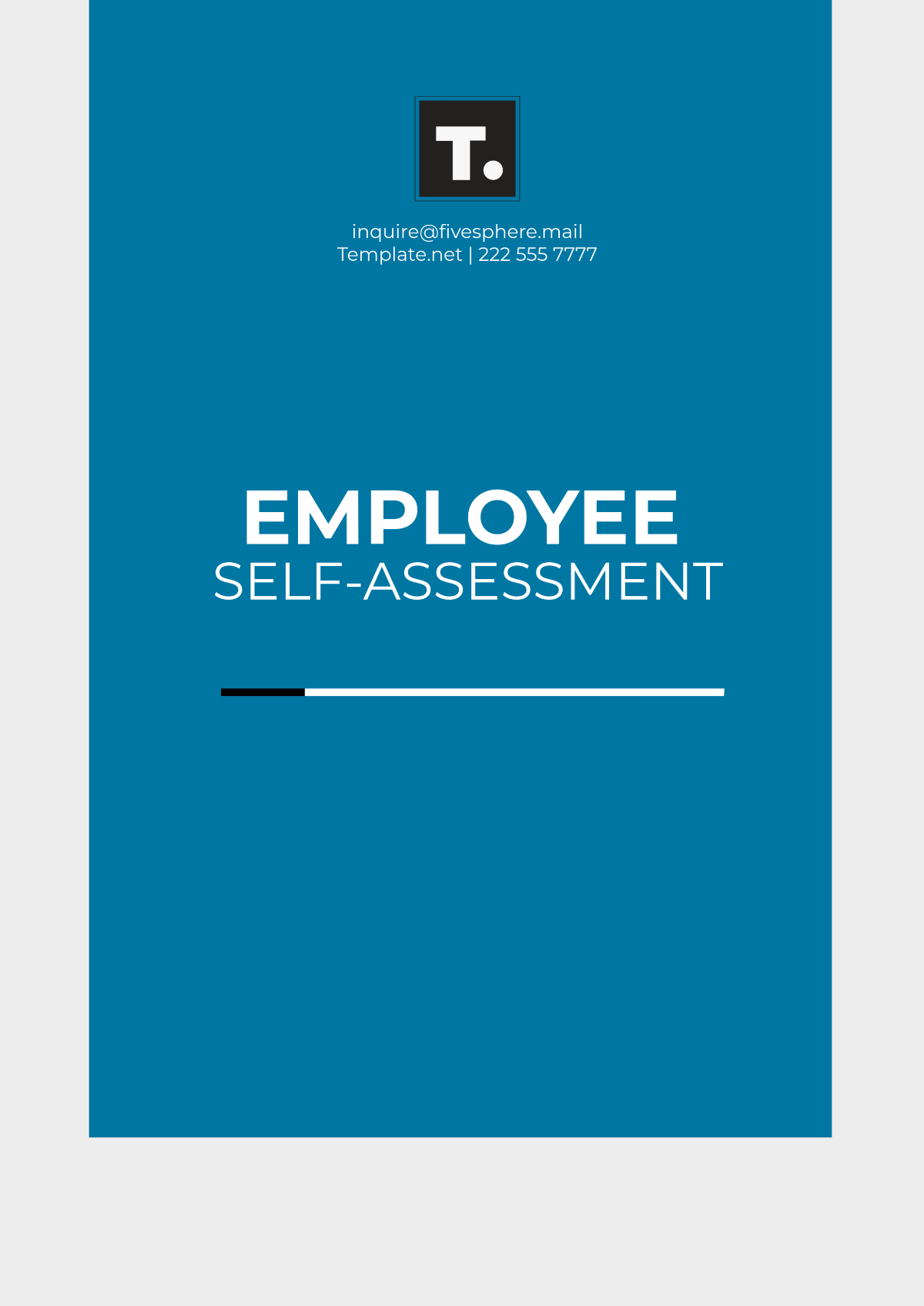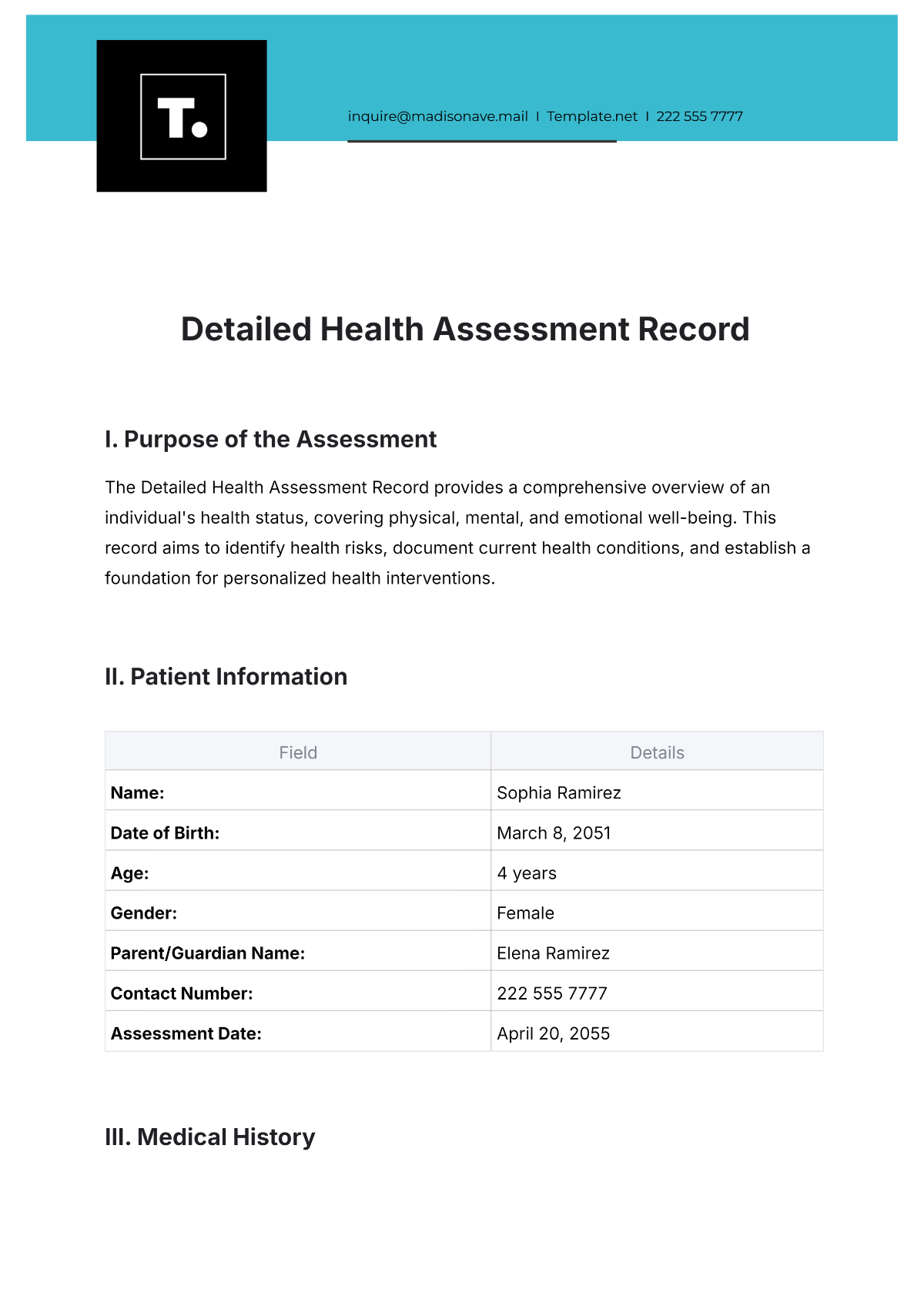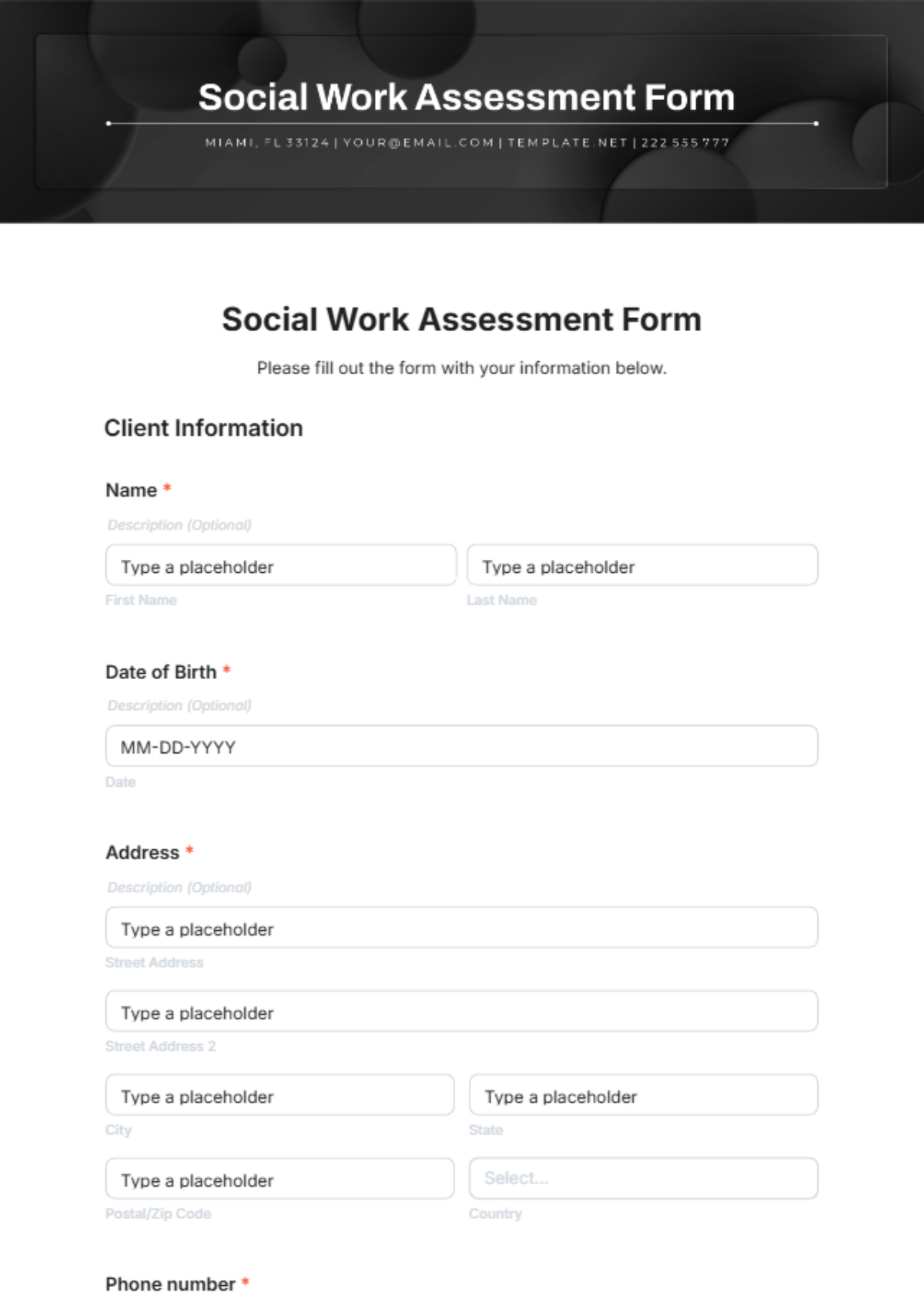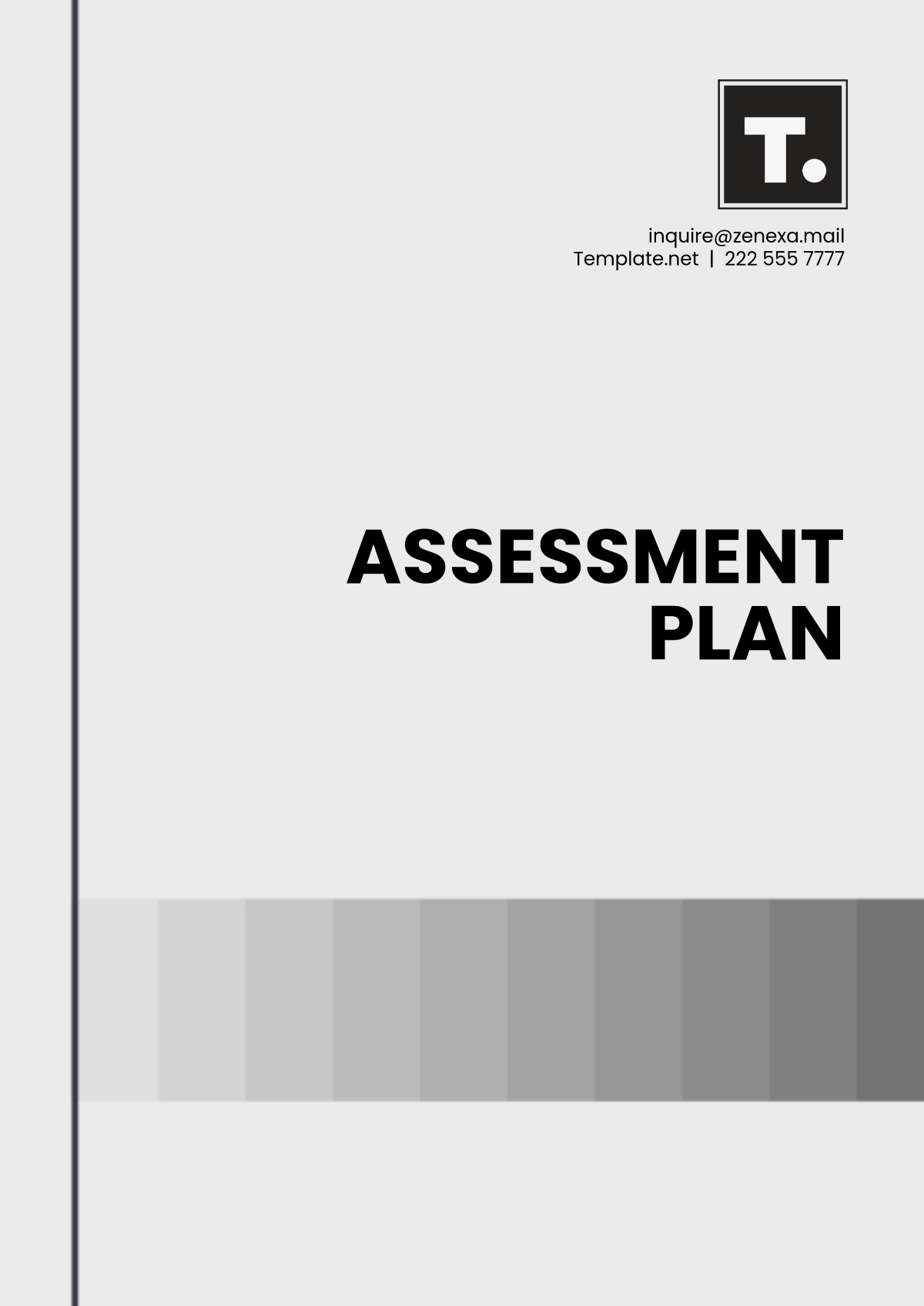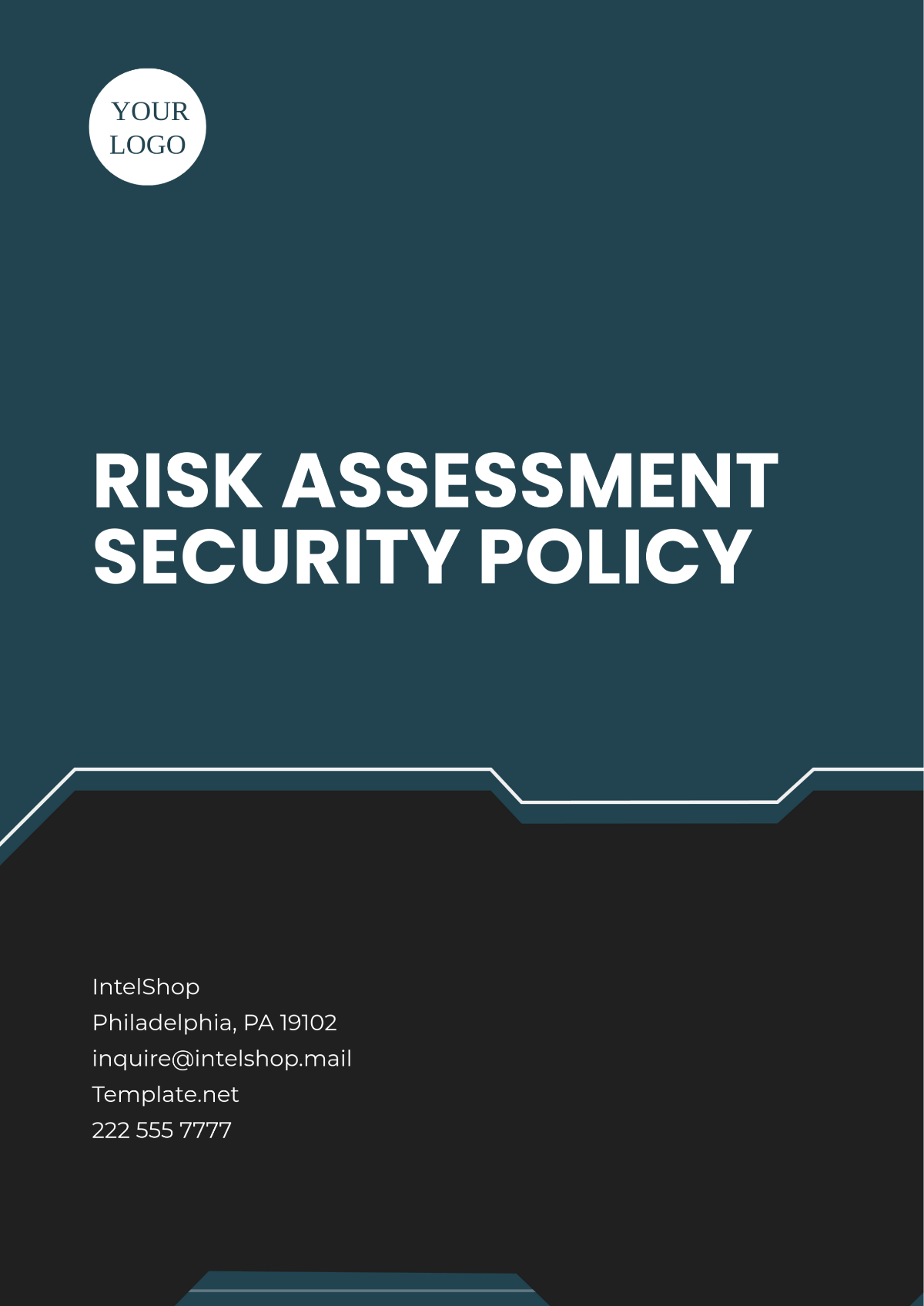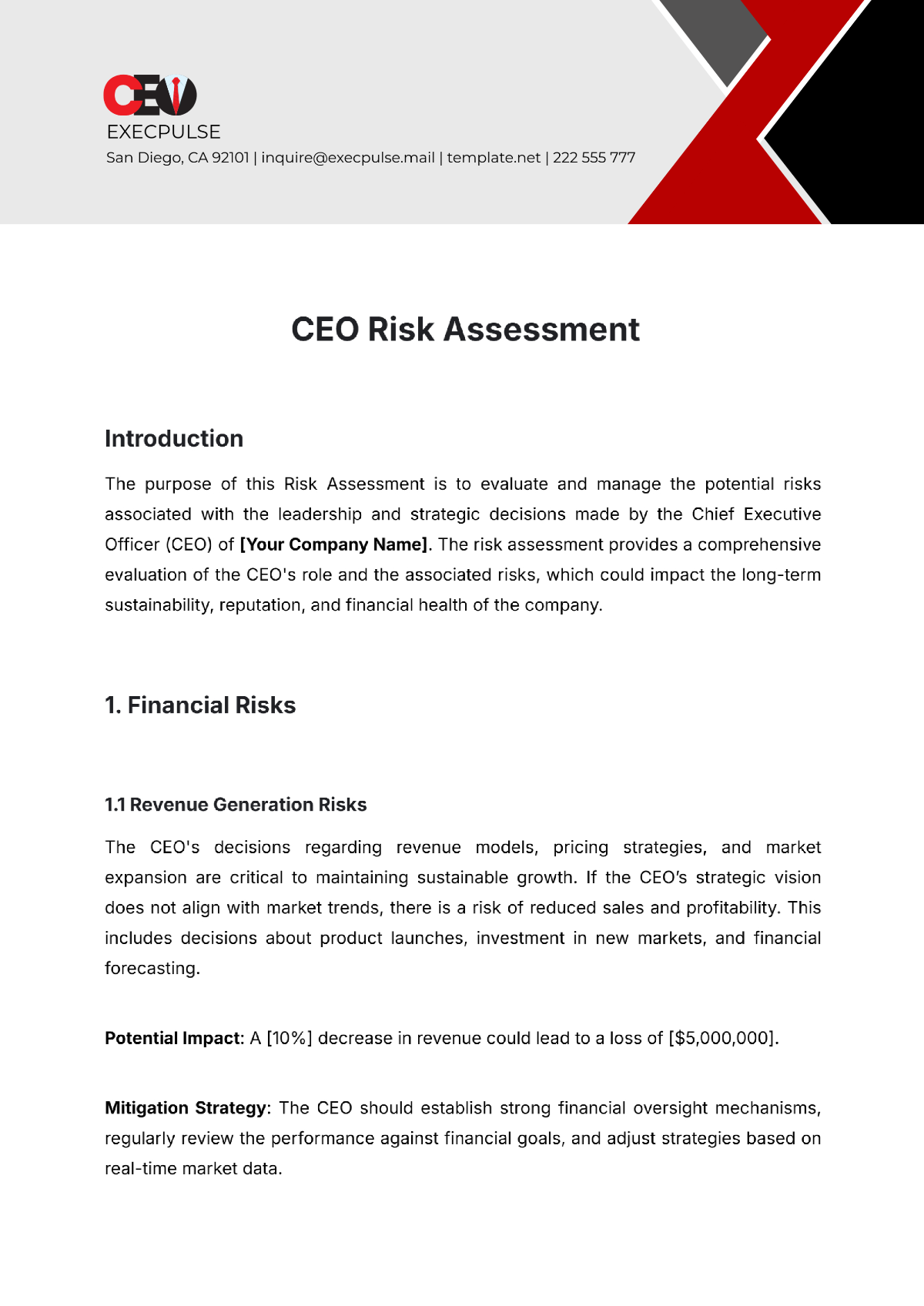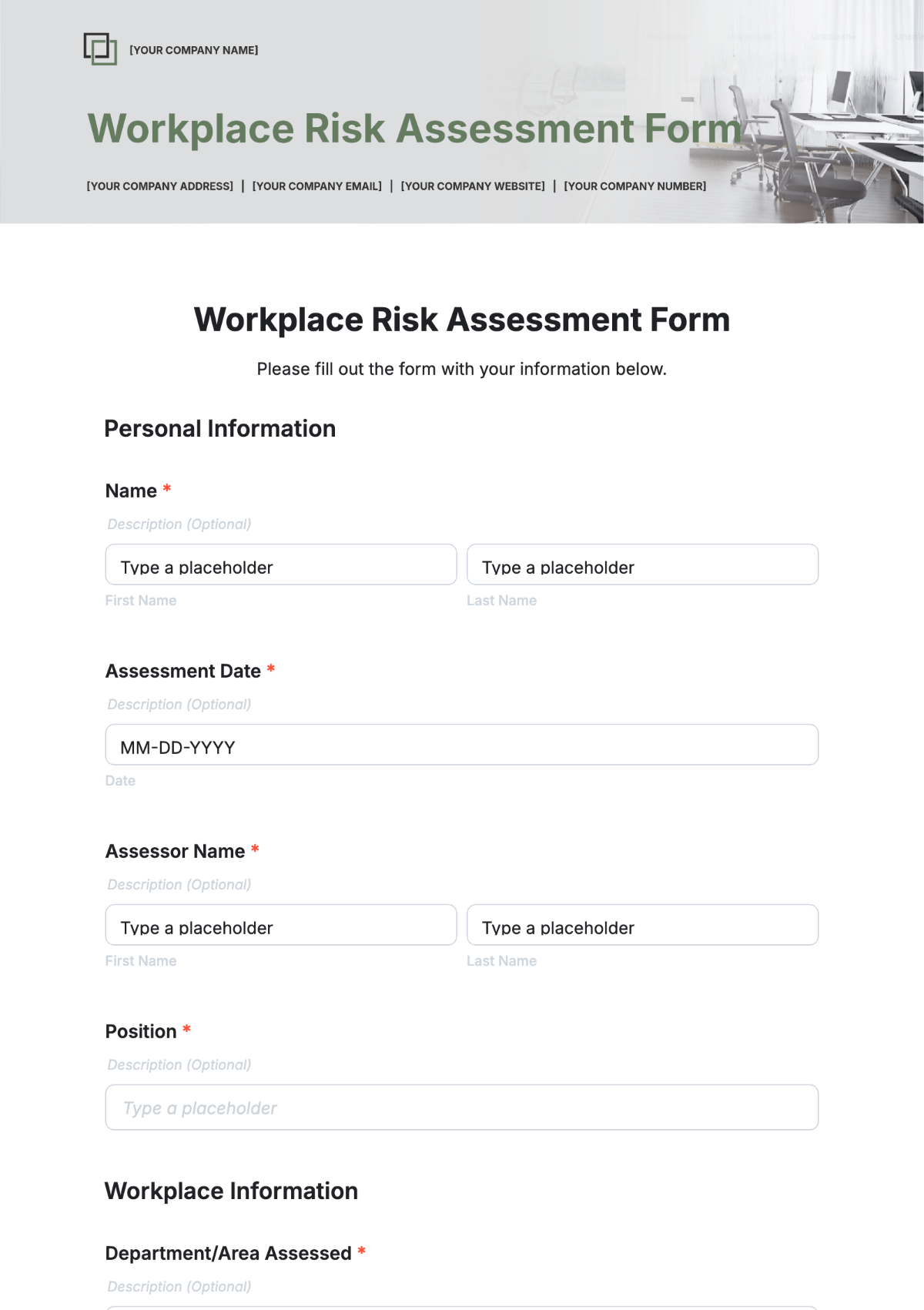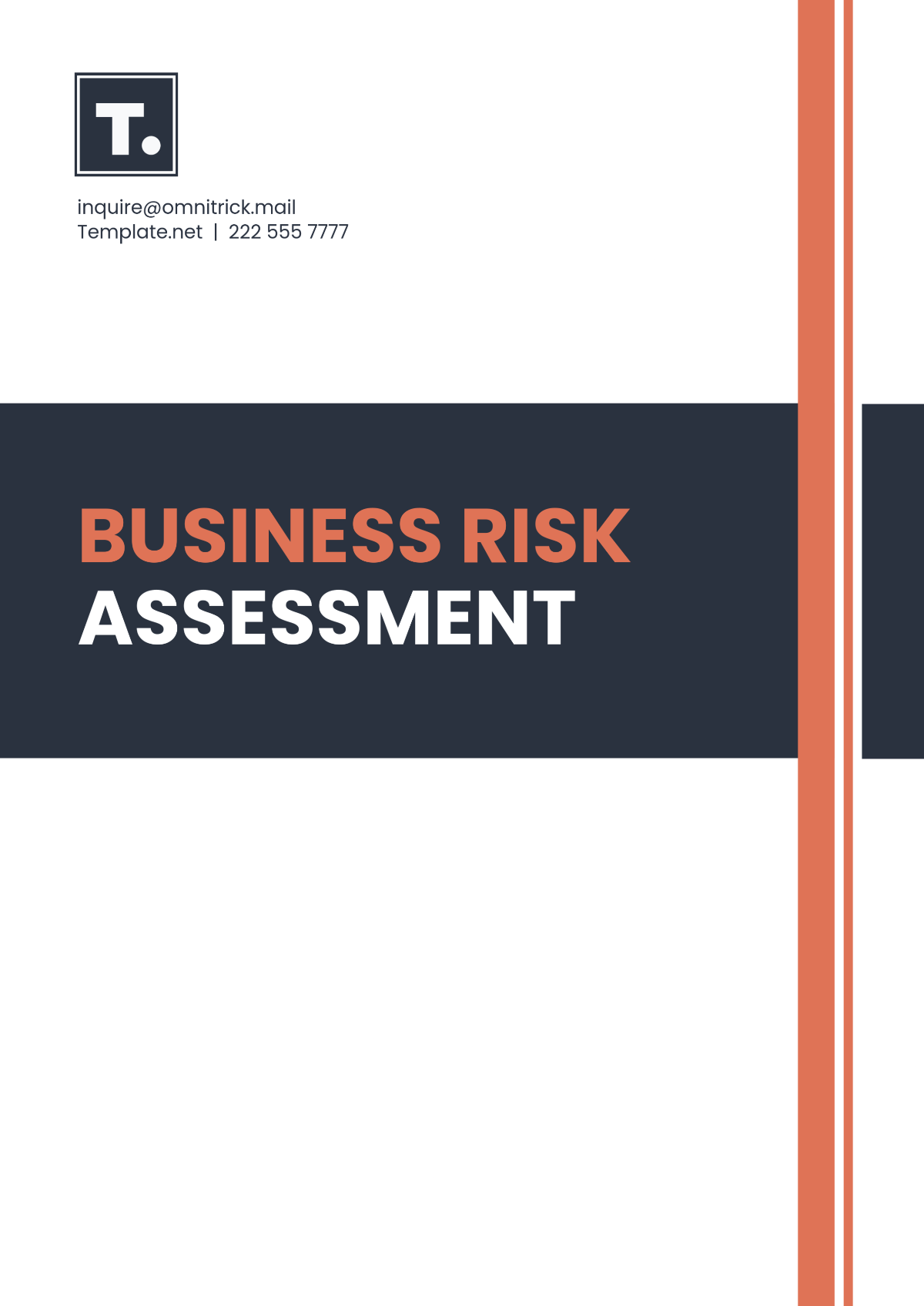Operational Risk Assessment
Company: [Your Company Name]
Date: December 2060
Prepared by: Risk Management Team
1. Introduction
Purpose: This operational risk assessment aims to identify, evaluate, and mitigate risks that could affect [Your Company Name]'s operations, specifically in supply chain management, transportation, warehouse operations, and IT infrastructure. The goal is to enhance business continuity and minimize operational disruptions.
Scope: This assessment covers all key operational areas, including procurement, transportation, warehouse management, IT systems, and employee safety.
Methodology: Risks were identified through interviews with department heads, a historical analysis of past disruptions, and a review of industry trends. A risk matrix was used to evaluate the likelihood and impact of each identified risk.
2. Risk Identification
Risk ID | Risk Description | Source of Risk |
|---|---|---|
R001 | Disruption in the supply chain due to natural disasters | External (Environmental) |
R002 | Failure of the Warehouse Management System (WMS) | Internal (Technology) |
R003 | Employee safety incidents during loading/unloading in warehouses | Internal (Human Resources) |
R004 | Regulatory changes affecting shipping and customs laws | External (Legal/Compliance) |
R005 | Data breach due to cyberattack on logistics software systems | External (Cybersecurity) |
R006 | Delays in transportation caused by vehicle maintenance issues | Internal (Operational) |
3. Risk Impact Assessment
Risk ID | Severity of Impact | Potential Consequences | Impact Areas |
|---|---|---|---|
R001 | High | Significant delays in delivery schedules, loss of customer trust, and potential revenue loss due to delayed or canceled shipments. | Financial, Customer Service, Reputation |
R002 | Medium | Inaccurate inventory data, delayed order processing, and increased operational costs due to manual intervention. | Operations, Finance |
R003 | High | Injury or fatality, legal consequences, work stoppage, reputational damage. | Legal, Human Resources, Reputation |
R004 | Medium | Non-compliance penalties, legal fines, and the need for operational adjustments. | Compliance, Financial |
R005 | High | Loss of sensitive customer data, legal action, reputational damage, potential operational halt. | IT, Legal, Customer Service |
R006 | Medium | Increased fuel costs, delayed deliveries, customer dissatisfaction, and potential penalties from clients. | Operations, Customer Service |
4. Risk Likelihood
Risk ID | Likelihood | Supporting Evidence |
|---|---|---|
R001 | Likely | Increased frequency of extreme weather events (hurricanes, floods) in regions where [Your Company Name] operates. |
R002 | Possible | The WMS experienced minor outages twice in the last year, impacting order processing. |
R003 | Unlikely | Safety protocols have been updated regularly; no major incidents reported in the last two years. |
R004 | Possible | Several countries have announced changes to import/export regulations, including tariffs. |
R005 | Possible | Growing cybersecurity threats in the logistics industry, with attempted breaches reported in similar companies. |
R006 | Likely | Aging fleet of delivery vehicles; increased maintenance needs as vehicles approach the end of service life. |
5. Risk Control and Mitigation Measures
Risk ID | Existing Controls | Recommended Actions/Improvements | Responsible Party |
|---|---|---|---|
R001 | Disaster recovery plan is in place; alternative transport routes identified in key regions. | Increase stock in multiple locations to reduce dependence on single supply routes. Enhance forecasting for weather-related disruptions. | Supply Chain Manager |
R002 | WMS is regularly updated; the IT team monitors system performance. | Conduct quarterly system health checks and invest in failover infrastructure. Add redundancy in key system components. | IT Manager |
R003 | Safety training programs for employees; compliance with OSHA standards. | Invest in advanced safety equipment, increase the frequency of safety drills, and provide additional PPE for high-risk tasks. | HR Manager |
R004 | Regular monitoring of global trade regulations by the legal team. | Establish a regulatory compliance unit to track and interpret changing laws and create contingency plans. | Compliance Officer |
R005 | Firewall protection and encryption of sensitive data; employee cybersecurity training. | Implement multi-factor authentication and regular system penetration testing. Invest in next-gen threat detection systems. | IT Security Manager |
R006 | Preventative vehicle maintenance schedule; monitoring of fleet performance. | Replace older vehicles with new models and implement GPS-based tracking for real-time monitoring of delivery times. | Fleet Manager |
6. Risk Assessment Matrix
Risk ID | Impact | Likelihood | Risk Rating |
|---|---|---|---|
R001 | High | Likely | High |
R002 | Medium | Possible | Medium |
R003 | High | Unlikely | Medium |
R004 | Medium | Possible | Medium |
R005 | High | Possible | High |
R006 | Medium | Likely | High |
7. Risk Monitoring and Review
Monitoring Process: Monthly risk reviews with key department heads. Incident reports will be reviewed in the event of an occurrence to determine whether mitigation actions are effective.
Frequency of Review: Bi-annual reassessment of the risk landscape, with monthly updates to high-priority risks.
Key Performance Indicators (KPIs):
Number of successful mitigation actions
Number of risk incidents reported
Time to resolve critical IT system outages
Vehicle downtime and maintenance costs
8. Risk Response Strategy
R001 (Supply Chain Disruption): Ensure stockpiling in multiple warehouses located in different regions to mitigate natural disaster impacts. If a disaster occurs, ABC will redirect shipments to unaffected areas.
R002 (WMS Failure): In case of a WMS failure, revert to manual order processing and ensure the IT team restores full system functionality within 24 hours. Prioritize critical shipments first.
R003 (Employee Safety Incident): Immediate medical response and investigation. Review and update safety protocols regularly to minimize risk. If an incident occurs, notify regulatory authorities and ensure compensation claims are processed quickly.
R004 (Regulatory Changes): Monitor global trade laws closely; work with legal advisors to adapt operations to new shipping or customs regulations. In case of non-compliance, ensure immediate corrective actions.
R005 (Data Breach): In case of a data breach, isolate the affected system, inform affected clients, and initiate a cybersecurity investigation. Implement breach-response protocols to protect customer data.
R006 (Vehicle Maintenance Issues): If a vehicle breakdown occurs, shift deliveries to available trucks and address the issue promptly. Long-term, upgrade the fleet with newer vehicles to reduce breakdown risks.
9. Risk Owner/Accountability
Risk ID | Owner | Responsibilities |
|---|---|---|
R001 | Supply Chain Manager | Oversee stockpiling strategies, and coordinate with weather experts to improve disaster preparedness. |
R002 | IT Manager | Ensure system backups are in place and that the WMS is updated regularly. Lead efforts to improve system uptime. |
R003 | HR Manager | Ensure employee safety and oversee safety program updates. Maintain compliance with safety regulations. |
R004 | Compliance Officer | Monitor changes in global shipping regulations and adjust company policies to comply. |
R005 | IT Security Manager | Ensure that cybersecurity measures are robust and that a rapid response plan is in place in case of a breach. |
R006 | Fleet Manager | Maintain and monitor fleet vehicles, implement tracking systems, and oversee preventative maintenance programs. |
10. Conclusion
Summary: [Your Company Name] faces several high-priority operational risks, including disruptions from natural disasters, cybersecurity threats, and vehicle maintenance issues. The company’s existing controls are adequate but require enhancement in certain areas to ensure business continuity.
Overall Risk Profile: The company's operational risks are categorized as moderate to high in severity, particularly in the areas of natural disasters, cybersecurity, and transportation.
Next Steps: Focus on improving disaster recovery, enhancing cybersecurity measures, and investing in fleet modernization to reduce vehicle-related risks.


